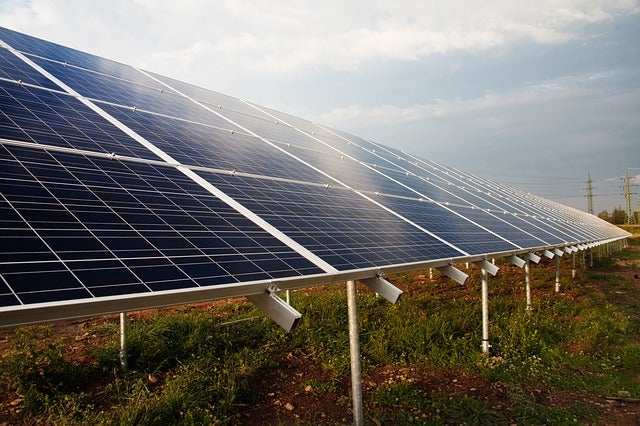 A majority of Americans endorse setting limits on carbon emissions from the nation’s power plants, which account for the single largest source of carbon pollution in the U.S. The United States is on the verge of doing just that with EPA’s proposed Clean Power Plan.
A majority of Americans endorse setting limits on carbon emissions from the nation’s power plants, which account for the single largest source of carbon pollution in the U.S. The United States is on the verge of doing just that with EPA’s proposed Clean Power Plan.
Nationally, the plan will reduce carbon emissions from power plants 30 percent below 2005 levels by 2030. However, these carbon-reduction mandates vary from state-to-state, which will cumulatively lead to a nation-wide reduction of 30 percent.
In North Carolina, where I live, the plan requires the state to reduce absolute carbon emissions about 21 percent by 2030 from a 2012 baseline, according to an analysis by Bloomberg New Energy Finance.
EPA arrived at its carbon reduction targets for each state by reviewing its existing fossil generation and quantifying its potential to:
- run coal plants more efficiently,
- switch to less polluting energy sources,
- deploy more renewable energy, and
- increase energy efficiency.
Additionally, EPA left open the potential for states to use emerging technologies, cross-state carbon trading programs, and other innovations to comply with the Clean Power Plan.
Fortunately, actions taken by North Carolina’s government and the private sector over the past decade position the state well to comply with the Clean Power Plan.
The plan would allow North Carolina to take credit for its existing laws and policies that already reduce carbon pollution, including:
- Recent coal plant retirements – 1,285 MW of retired coal capacity in 2013 alone – that help eliminate some of the oldest and dirtiest sources of generation from the state’s electricity mix.
- An energy efficiency policy that removes perverse incentives and encourages utilities to make energy efficiency investments rather than build new power plants.
- A Renewable Energy Standard that requires utilities to increase their mix of clean energy and energy efficiency resources to 12.5 percent by 2021.
- Policies that make it easier for investors to finance solar projects, earning North Carolina the number four national ranking for installed solar capacity.
The Clean Power Plan provides North Carolina and other states with a significant amount of flexibility to achieve compliance, and this flexibility will enable states to secure pollution reductions cost-effectively.
Most of all, I am optimistic North Carolina’s private sector is ready and able to meet the challenge of complying with the plan. North Carolina is home to over 1,000 companies that provide clean energy products and services and can bring low-carbon energy solutions to market.
Once finalized, the Clean Power Plan can unleash a cascade of clean energy innovation and investment in my state – all while modernizing and updating our grid for the 21st century.









